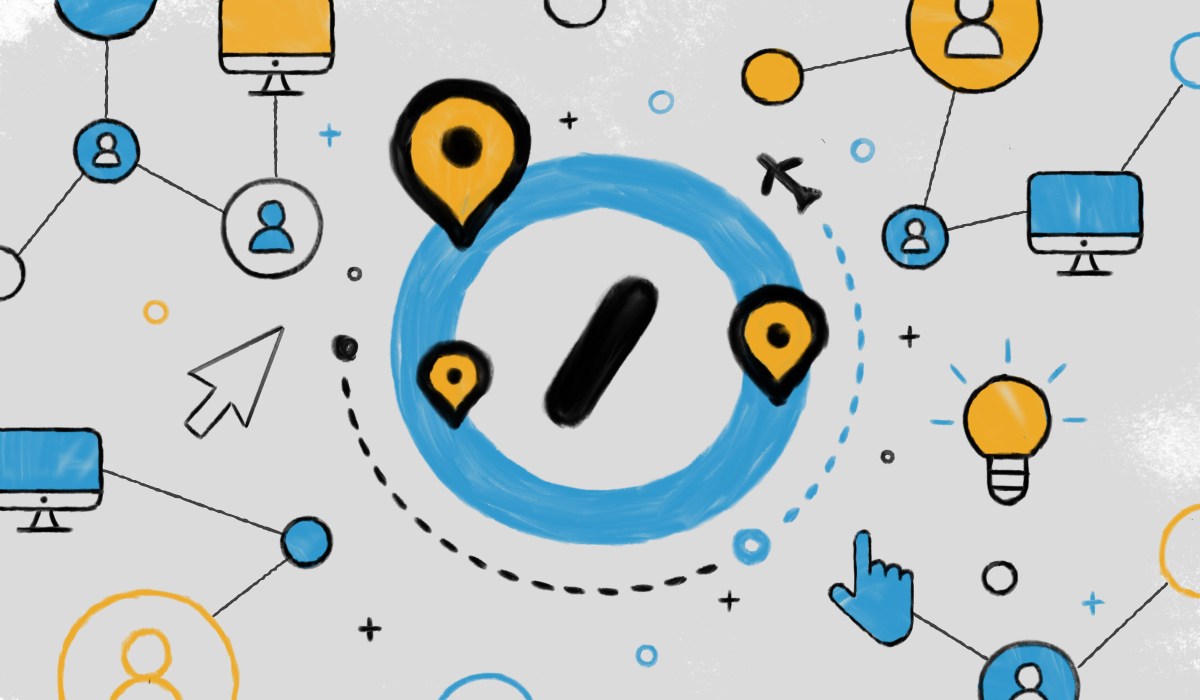
In Distributed FAQ, Matt Mullenweg addresses some of the most common issues companies, executives, and individuals face as they consider transitioning to a distributed model.
Q. What are the necessary tools and processes to create an effective remote work environment?
A. There’s a lot to say here, of course, so let’s start with a few fundamentals:
- Choose a small set of core applications for the entire organization, for example Zoom for video calls, Slack for day-to-day conversations, and G Suite for documents, spreadsheets, and (if you choose to use it) email.
- Foster a strong sense of autonomy. Give individual teams a lot of freedom to choose the rest of their stack, whether it’s GitHub for development, Asana or Trello for project management, InVision or Figma for design, and so on.
- Try out a no-email approach. At Automattic, our secret sauce is that we don’t use email within the company. Instead, we have an internal blogging system called P2. P2 displays all conversations on a team or project’s homepage, updates in real time, and comes with the built-in benefit of being a searchable blog. You can also tag individuals and teams on P2. This system creates rich conversations that happen asynchronously and then become the collective wisdom of Automattic. We publish well over 1,000 posts and comments every day.
- Default to public. At Automattic, we’ve developed a very valuable instinct: always default to everything being public (within the company, that is) — always default to trust.
- Invest in solid video conferencing tools. Having a good setup for video calls is very important. Audio quality is essential if you’re on a lot of calls, so go for a good headset or use noise-cancelling software. A good desk lamp to illuminate your face can make a real difference. And give some thought to the background people will see behind you — it can have personality, but you’ll want to keep it from getting too cluttered.
For a comprehensive list of recommended hardware and software for remote workers, check out our Tools and Gears page, as well as Matt’s “What’s in My Bag?” posts.


